The two models we checked out were the Hyundai Ioniq Hybrid 1.6 DCT Sunroof (A), and the Kia Niro Hybrid 1.6 SX (A). We’re not car experts at all, so don’t have a deep sense of what finally mattered in cars. Still, and looking at spec sheets, the test drive, and a close inspection of both vehicles, we came away with the conclusion that both cars were pretty close in features. The features that both vehicles had that the Mazda 3 already had included:
Electric retractable side-view mirrors, keyless entry, keyless engine start, auto-dimming rear view mirror, sun roof, driver’s electric seat, Bluetooth support, reverse cameras.
And the features that the Mazda 3 didn’t have:
Multi-zone air-con, rear air-con, memory presets for the driver’s seat, Apple Carplay/Android Auto, wireless phone charging, lane keep assistant and departure warnings, blind spot monitor.
Half of these are quality of life improvements, and the others recent safety features.
Two features that weren’t present on either vehicles that the Mazda had was walk away auto-lock. Pretty convenient, but thankfully not a feature we finally could not do without. The absence of the heads-up display that’s present on the Mazda is something we’d badly missed though.
And both cars are of Korean brands and manufacturer.
What were the points of difference then?
The Ioniq is a sedan, and the Niro is a crossover. The missus preferred to go with a sedan again – since that’s what the both of us have been driving all these years; from a Honda Civic to the Nissan Latio and finally to this outgoing Mazda 3 – while I was looking for a change to something else.
The Niro is a very new model that just arrived in Singapore a month ago. So new that there weren’t any owner reviews of the vehicle on SGCarMart. There were a few local merchant YouTube video reviews, and several more from the UK – but that’s it. The Ioniq was launched in 2017 and face-lifted in to 2019.
The price of the Niro was also quite a bit higher:
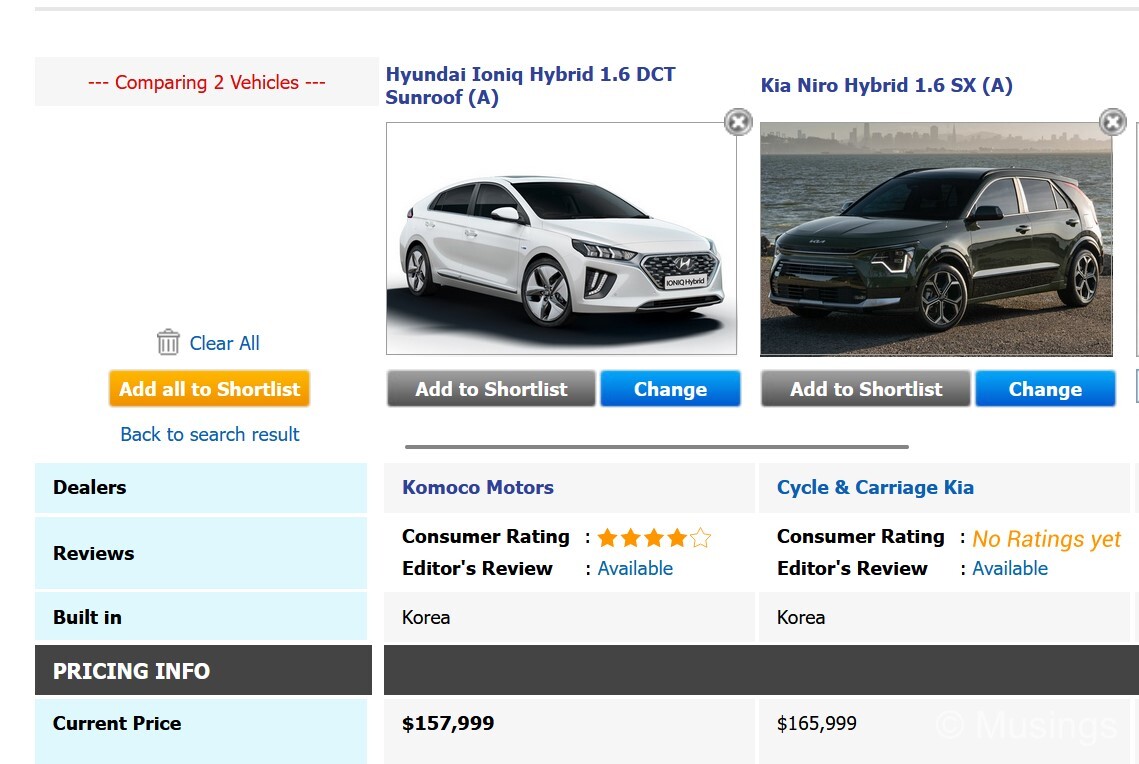
The additional discounts, rebates, freebies offered, and what the sales consultants offered with the trade-in of our existing ride narrowed the gap considerably though to somewhere in the region of a few thousand. The Ioniq was having a weekend promotion that brought the price of it down to SGD150,999. The Niro’s price was as listed, but came with 5 years of servicing, three freebies that were useful (paint protection, better grade of solar film, and front and rear view camcorders), and was offering a higher trade-in discount for our Mazda.
We both liked the interiors of the Ioniq a bit more: it was less gaudy – the Niro had quite a few glossy surfaces that were going to show dust clearly – and its sides had a sort of rough dirt look to them.
There was slightly more boot space and passenger headroom on the Niro. But that’s not surprising given that the latter’s interior is just that larger. In contrast, the Niro is actually also a shorter vehicle by 5cm:
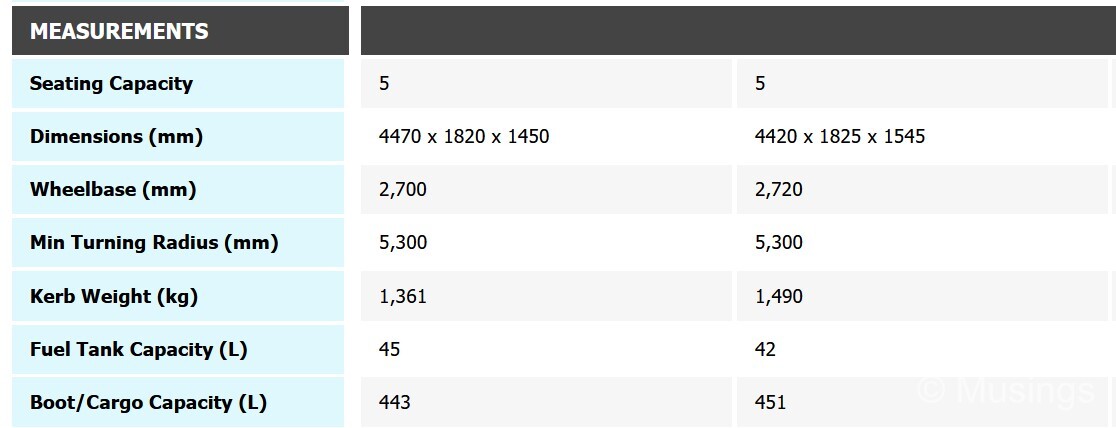
And lastly, the Kia sales consultant quipped that there are a lot of Ioniqs on Singapore roads – driven by taxi drivers. I’m not sure what was the subtext behind that quip: that because a lot of taxis on our roads are Ioniqs, so it’s a reliable car? Or do we really want a car that looks like a taxi…?! Either way, this bit wouldn’t bother us. If we were going with the Ioniq, I wouldn’t be bothered that there are a lot of identical cars to ours on the road.
So, tough decision. What finally swayed us to the Niro was the higher eventual resale value, that it was a newer vehicle by several years, and that crossovers are, maybe arguably, considered more multipurpose than sedans. Or not. We’re not car experts, so one would had finally been as good as the other for us!
Photos from this morning’s visit:
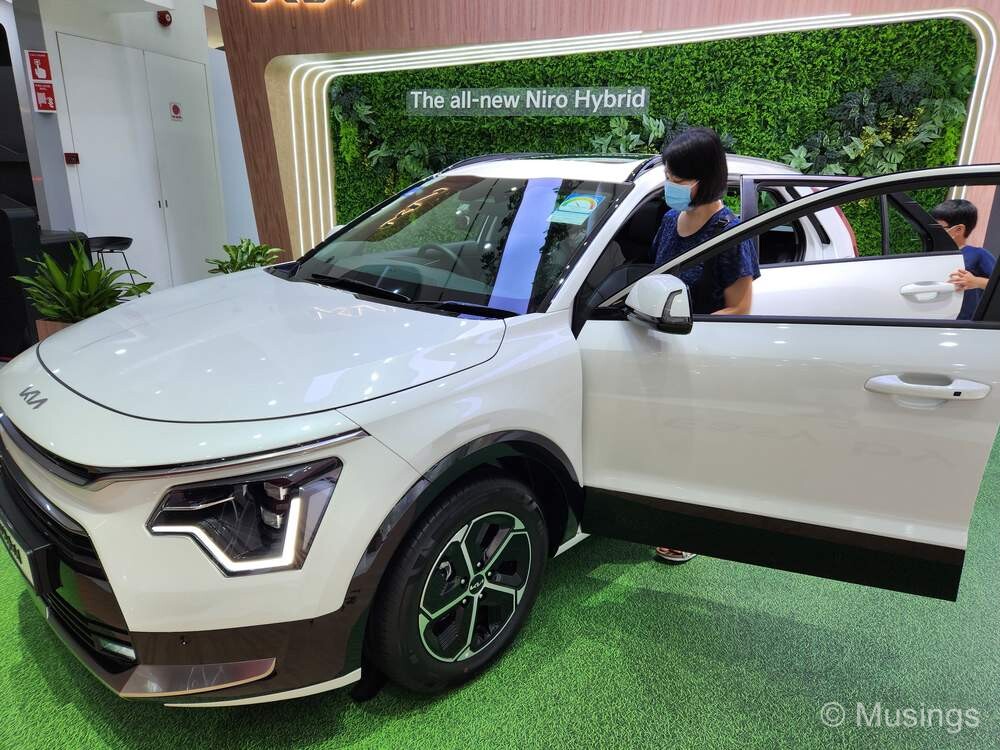

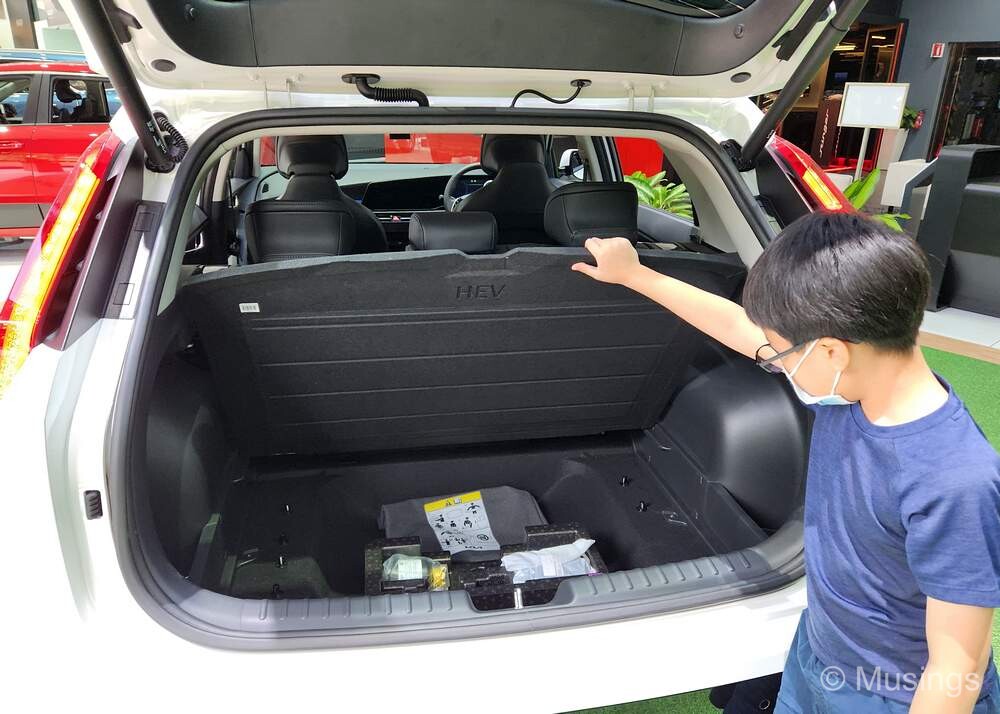
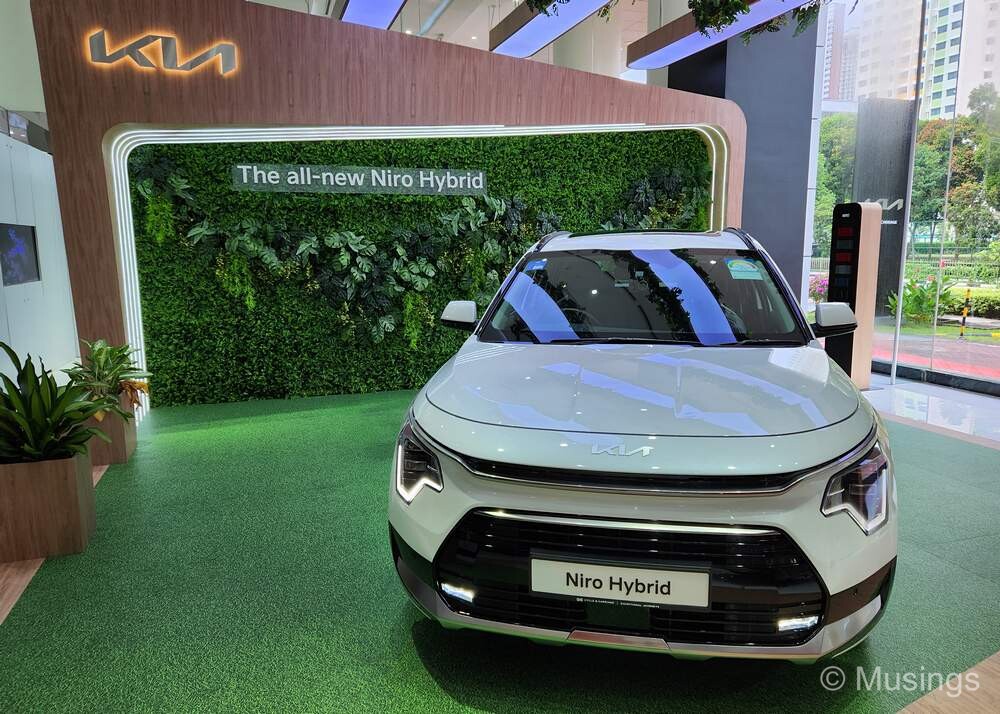
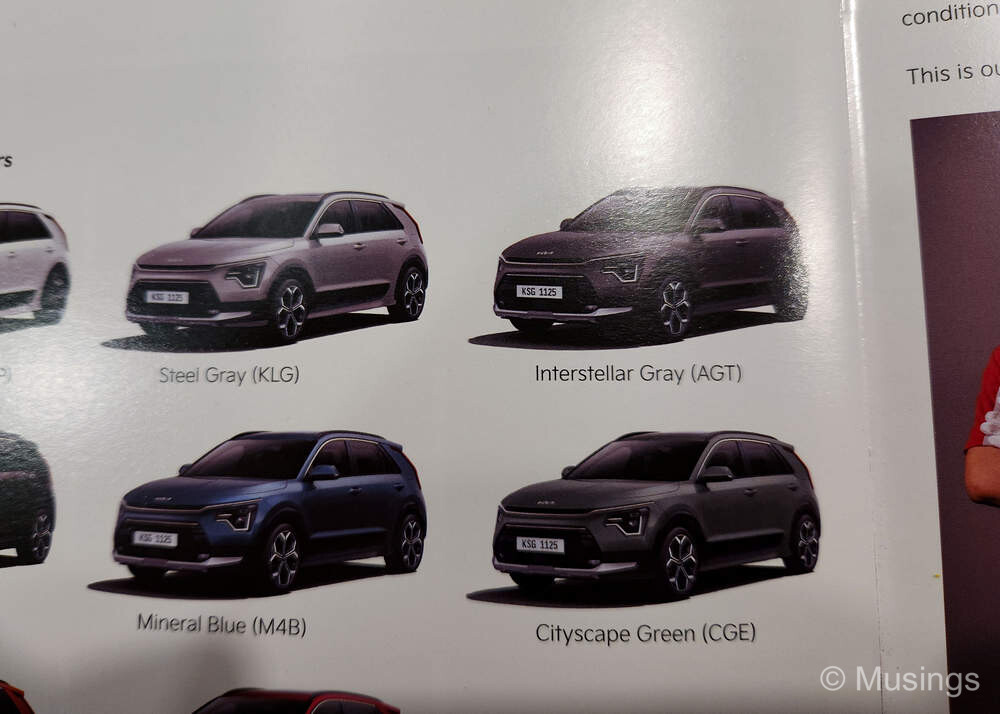
We settled for the Interstellar Gray color variant that was fortunately also in stock. So, assuming that we do get the COE in the upcoming exercise in two weeks, we should see delivery of the vehicle latest around the third week of November. More to come soon!
Recent comments